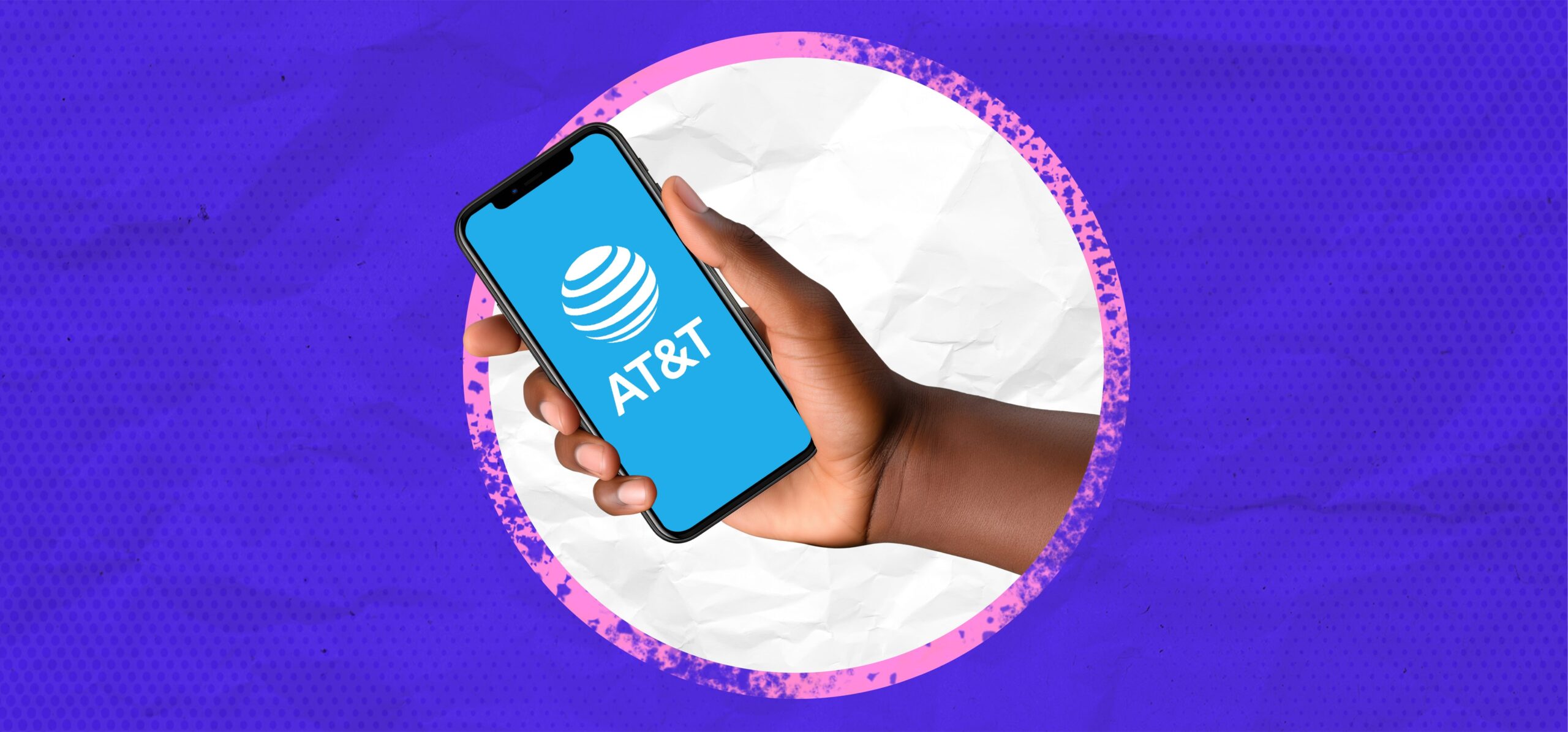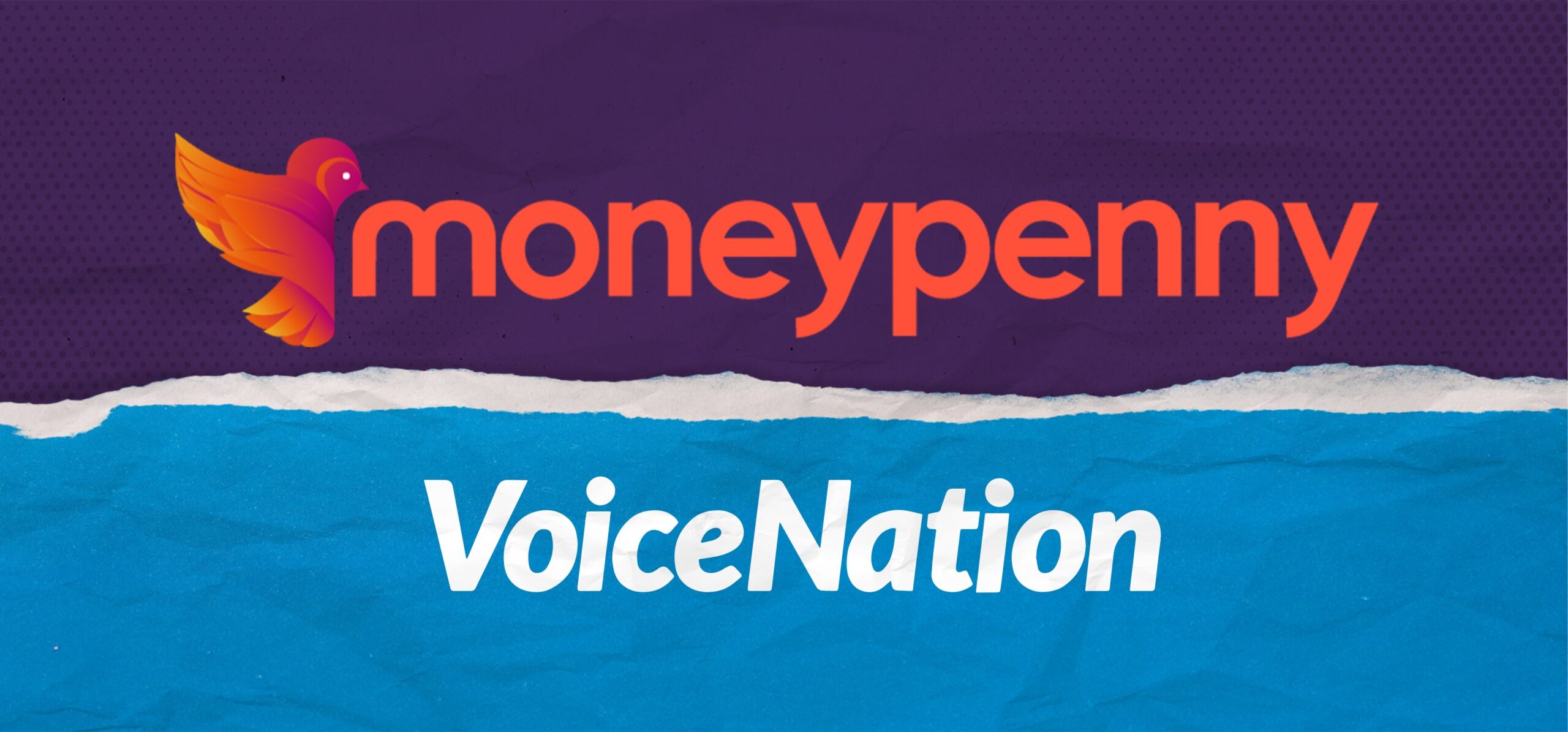Ever missed a call and thought, “That could’ve been a new customer”? You’re not alone. For busy businesses, missing calls means missed opportunities. That’s where call forwarding comes in, a simple, smart way to make sure your calls always reach the right person, no matter where you are.
But with so many call forwarding options out there, it can be tricky to know which one’s best for you. In this guide, we’ll break down the different types of call forwarding, what they do, and how to choose the right setup for your business.
What is call forwarding?
Call forwarding is exactly what it sounds like, it sends calls from one number to another. It’s handy for making sure someone always answers, even if your team is out of office, tied up on another call or working remotely.
Used in the right way, it keeps your business looking responsive – one of the key ingredients of professional call handling.
The main types of call forwarding
Not all call forwarding works the same way. There are different types built for different scenarios, let’s look at some of the main ones:
Unconditional call forwarding
With unconditional call forwarding, every single call gets sent straight to another number, it doesn’t ring your line first. It’s a great option when you’re away from your desk, or if you want all your calls picked up by a business call forwarding service.
Use this when:
- You’re on vacation or out of office
- You want a virtual receptionist service to answer all of your calls
- Your phone is temporarily out of service
Conditional call forwarding
Conditional call forwarding only redirects calls if something specific happens, for example, when your line’s busy, you don’t answer, or your phone is off.
Use this when:
- You want to take calls but need a backup plan
- You’re frequently in meetings or on another line
- You want after-hours support without missing calls
Sequential call forwarding
With this option, calls go down a list of numbers one by one until someone answers. So it might ring your office, then your mobile, then a another team member.
Use this when:
- Your team works flexible hours or across different time zones
- You want to make sure the call is answered and not sent to voicemail
- You operate a small team and want full coverage
Simultaneous call forwarding
This is when multiple phones ring at the same time. The first person to pick up gets the call. It’s quick, efficient, and ideal when you need speedy answers.
Use this when:
- You run a helpdesk or a shared support line
- You want the first available team member to take the call
- You work in high call volume environments
Time-based call forwarding
Also called scheduled forwarding, this setup changes where calls go based on the time or day. Useful if you’ve got set hours or a shift-based team.
Use this when:
- You need different call flows during business hours vs. evenings/weekends
- You run a shift-based or 24/7 business
- You want to support holidays or seasonal hours
Call forwarding features to consider
Once you know which types of call forwarding you like, it’s worth considering a few extra features to make life easier:
- Voicemail integration: Direct unanswered calls to a voicemail box or email transcript
- Call notifications: Get SMS or email alerts for missed or forwarded calls
- Analytics: Track volumes, answer rates and team performance
- CRM integration: Automatically log forwarded calls for better customer insight
- Round robin call routing: Share call distribution evenly across a team
How to set up call forwarding with different providers
The setup process varies depending on your phone provider. Here’s a quick overview for some of the most common:
- AT&T: Dial 21[forwarding number]#* to enable unconditional forwarding; use #21# to disable.
- Verizon: Dial *72 followed by the forwarding number to activate; *73 to deactivate.
- RingCentral: Use the admin dashboard to set forwarding rules for users and devices.
- Google Voice: Navigate to ‘Calls’ in settings and add the number you want to forward to.
For more on the basics, check out our detailed guide on how call forwarding works.
When to use each type of call forwarding
Here’s a quick comparison of when each type of call forwarding might be best:
Every business is different, which is why flexible business call forwarding options are so valuable, allowing you to tailor call flows that truly support your team and customers.
Introducing Moneypenny
From unconditional call forwarding that keeps you covered 24/7, to conditional call forwarding that kicks in only when needed, the right solution can make a huge difference in how effectively you stay connected. By understanding the different types of call forwarding, you can design a system that minimizes missed calls and maximizes customer satisfaction.
Ready to take your business communications to the next level? Discover our business call forwarding services and see how Moneypenny can help you never miss a valuable opportunity.




















